Suspiria is a delirious symphony of a film. It builds, slowly at first and then with more urgency, towards a crescendo of violence and gory imagery. It will not inspire many middling responses: people are likely going to hate it or love it. It begs to be watched a second time to understand it all, but at the same time it is a frighteningly rough film to watch at certain parts. After watching it last night, I can only say one thing with certainty: it direly needed a female director.
A brief summary of the general plot: Suspiria follows Susie (Dakota Johnson), an American dancer who joins an elite company in Berlin, run by the mysterious Madame Blanc (Tilda Swinton). This begins her nightmarish journey into the world of the company, a world that is being investigated by Dr. Klemperer (also Swinton, though billed as Lutz Ebersdorf) who is drawn in after one of his patients speaks to him about it. To say anymore would be to possibly spoil, so we’ll leave the summary at that.
As Susie, Johnson’s wide eyed stare comes in handy as a naïve young woman entering a world that might very well eat her alive. She gives a more lively performance here than in any of the Fifty Shades films, and is an interesting enough lead. Mia Goth, however, is far more likable and watchable as Susie’s friend Sara; I would have almost preferred if the pair had switched roles. Of course, this is Tilda Swinton’s film, and she owns it. If this film is going for any of the big awards this year, a compelling case could be made for Swinton’s turn as both Blanc and Klemperer, especially since Klemperer gets a majority of the emotional heavy lifting.
The cinematography of the film is dizzying and frightening, which is perfect. Little camera quirks throw you off balance, reminding you that something is decidedly not right in this world. Scenes with Klemperer tend to be shot in a familiar style, but enter the world of the company and suddenly things are a little off balance, a little odd. It works, and if I were running their Oscar campaign I would also make a serious push for a cinematography nod, even though it is not what the Academy usually favors.
The horrors aren’t of the jump scare variety but rather of the visual and spiritual kind. Don’t expect The Nun but set in 1977 Berlin; expect a thriller that feels straight out of the past, albeit with some rather modern imagery when it comes to gore and nudity. My friend, who had seen the original film, said that it was tonally very similar to the scares of the original one; I can only take her advice on that, and advise others that while the film is horrifying, it does not rely on jump scares for their thrills.
However, this brings us to the question of director Luca Guadagnino and screenwriter David Kajganich. The problem with the story they wanted to tell in Suspiria, with the themes of female freedom and awakening and motherhood, is not a story a man can necessarily tell well. Susie’s awakening is shown through her wardrobe changing from the conservative dresses and sweatpants to tank tops and shorts; her dance has her writhing on the floor in sexual ecstasy. There are more than enough shots where I cringed and thought about the male gaze.
The other problem is Klemperer, who as I said above gets the emotional heavy lifting of the piece. In a post screening Q&A, Guadagnino implied that the addition of this character was what he has wanted to add to Suspiria since he began conceptualizing remaking it years ago. It’s telling that the key element he wanted to add to a story about women is a male presence. Cut out Klemperer’s part and give some emotional weight to Sara and the film would flow a lot more smoothly.
As the film built to a shocking climax (no spoilers!) I found the need for a female director more and more pressing. By the end, I found myself exhausted and frustrated, and not necessarily in a good way. We need more feminist horror, but we need it told from a female perspective. Much like the new Halloween, this film needed a female voice.
Let a woman reimagine a horror classic next time, and we might get a more fulfilling look at women than a film whose biggest imprint is how much it needed a different director.
(image: Amazon Studios)
Want more stories like this? Become a subscriber and support the site!
—The Mary Sue has a strict comment policy that forbids, but is not limited to, personal insults toward anyone, hate speech, and trolling.—



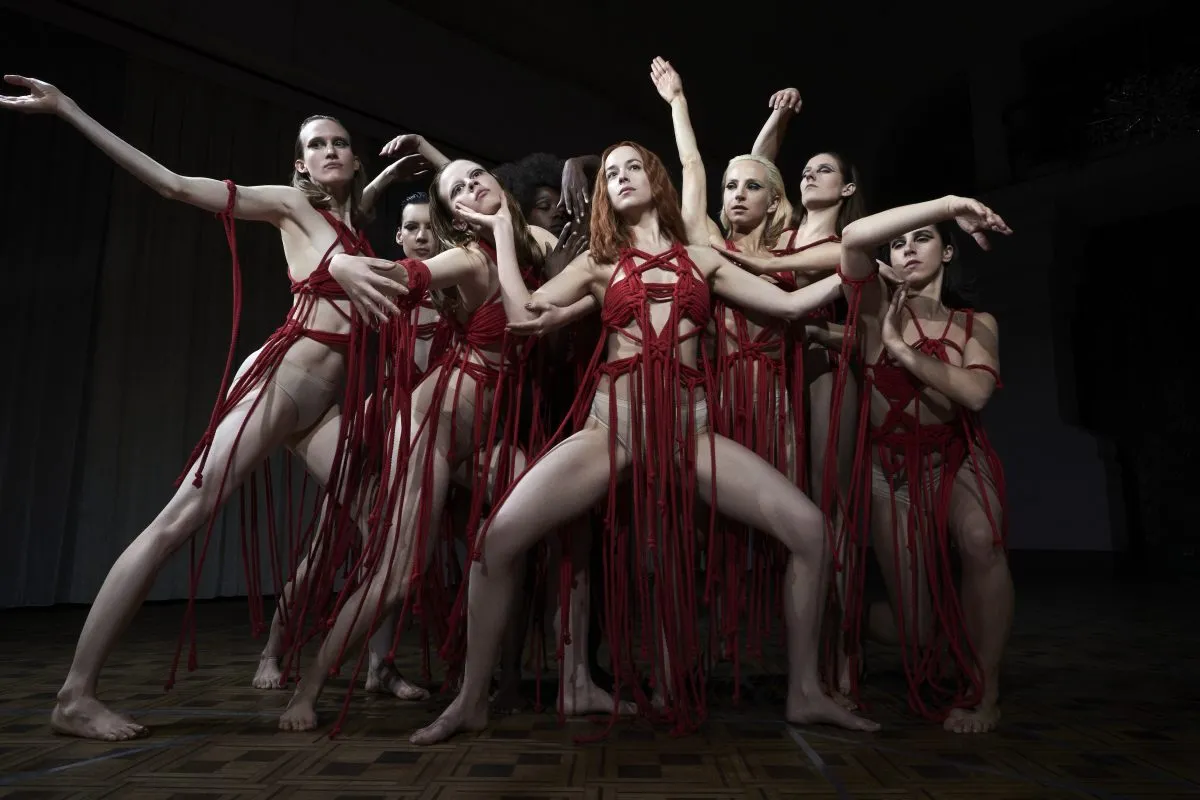

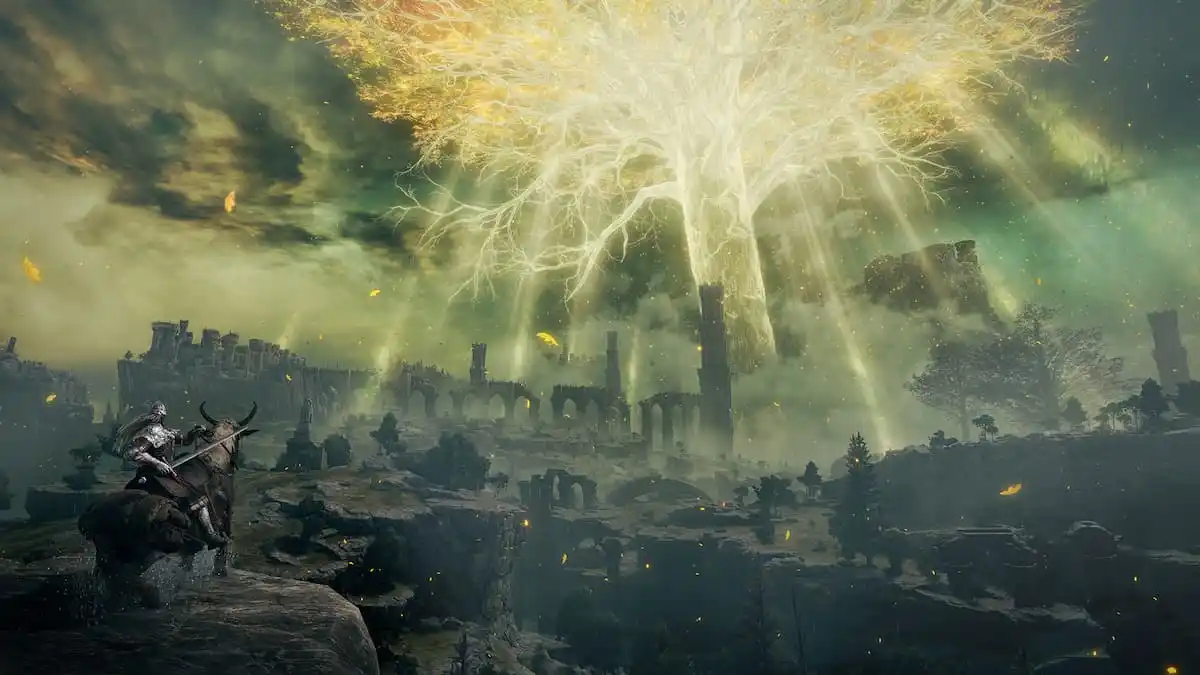
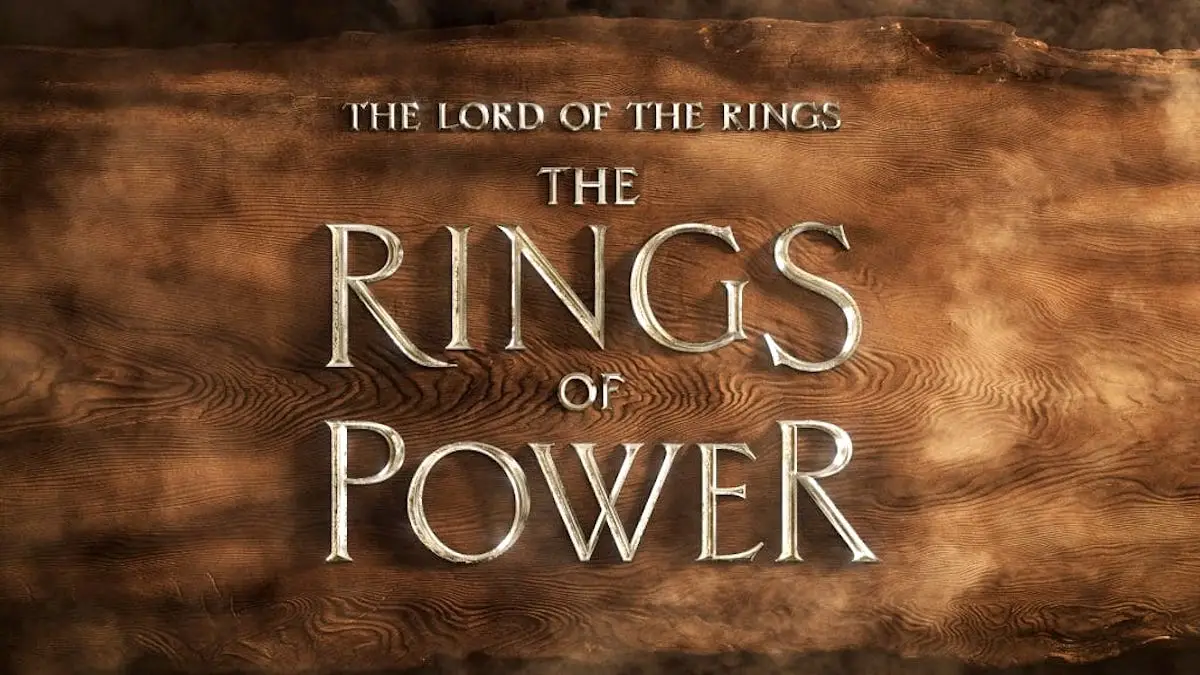
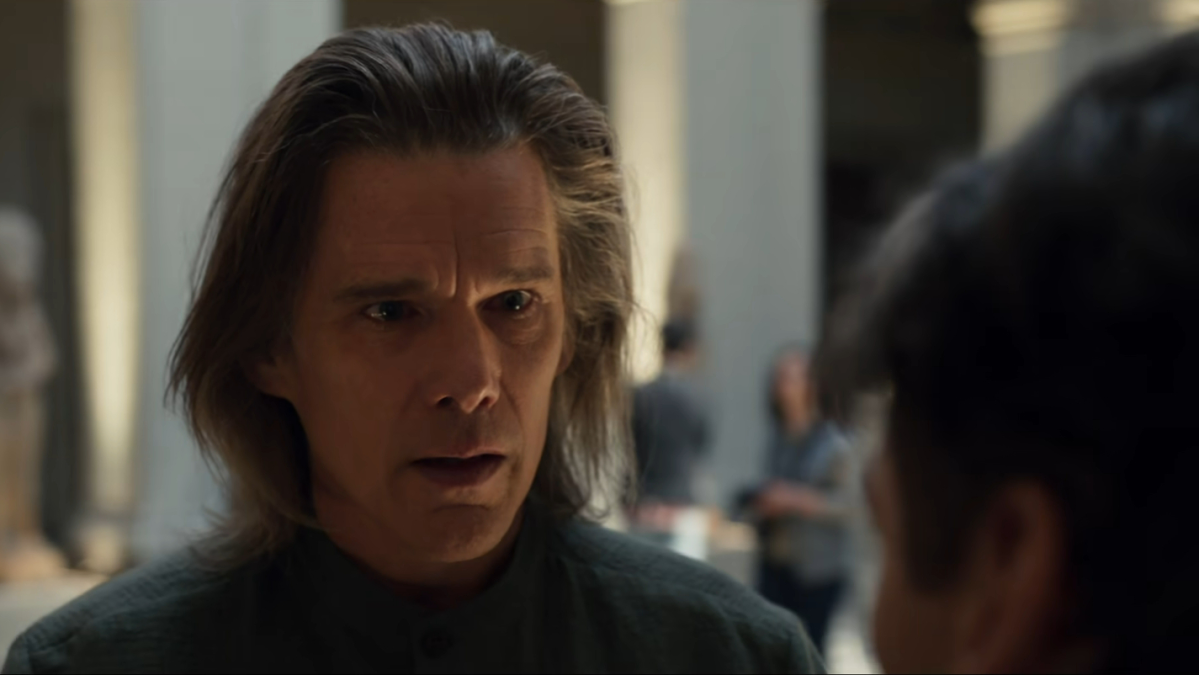
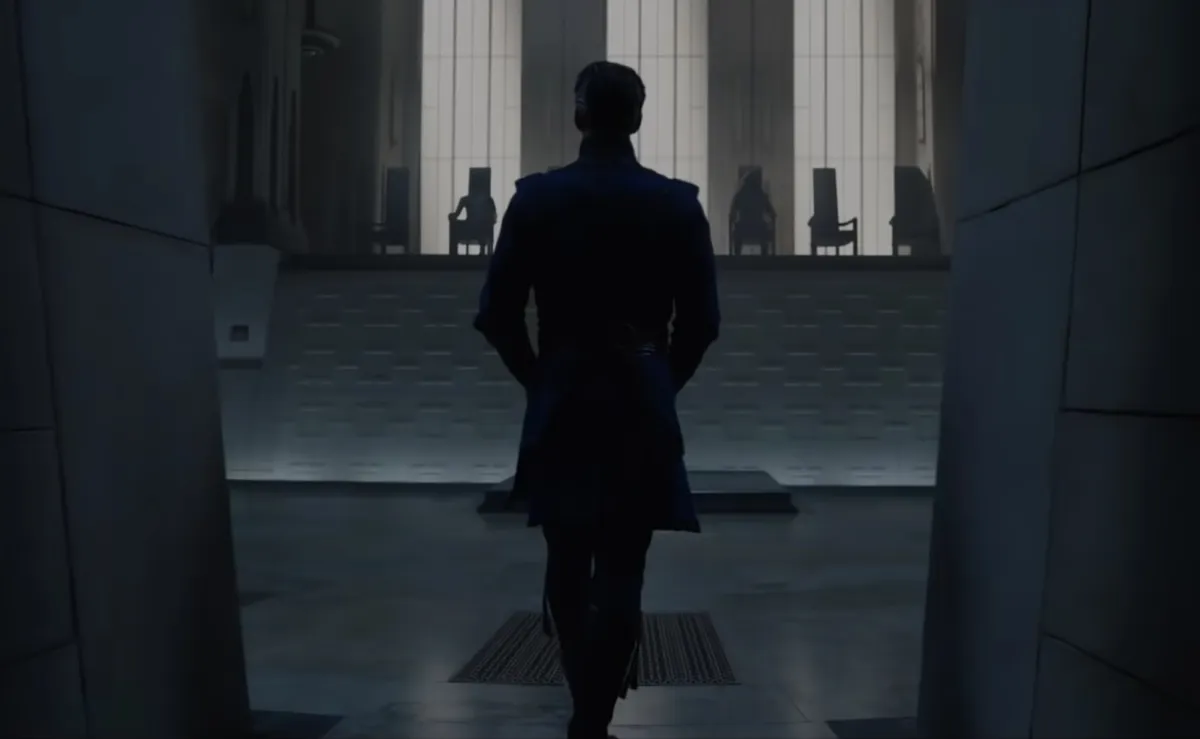
Published: Oct 24, 2018 01:42 pm